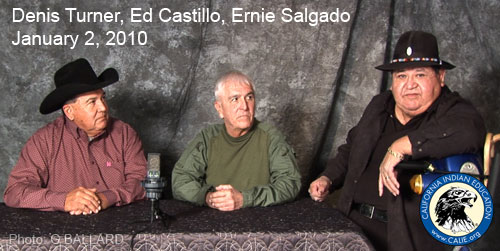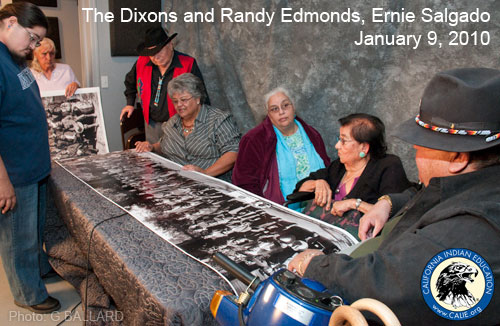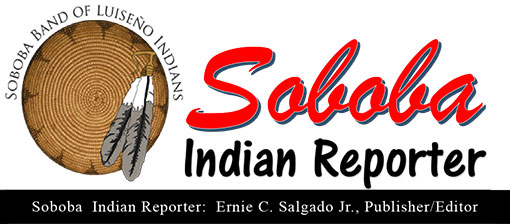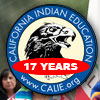 |
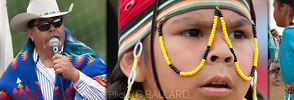 |
 |
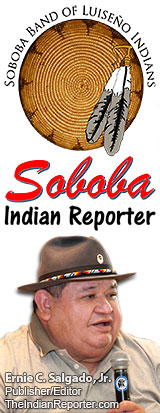
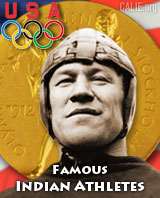
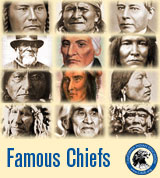
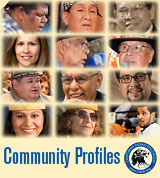

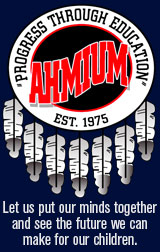
Publishing Corner: Indian Community: Science & Wonder Indian Heros: California Indian Art: CALIE Library: Academic Financial Aid: Tribal Governments: Indian Gaming: |
Edward D. Castillo Visionary | Activist | Educator
Mr. Castillo wrote several chapters in the Smithsonian Institution's Handbook of North American Indians and in Mission Indian Federation: Protecting Tribal Sovereignty 1919-1967, published in the Encyclopedia of Native Americans in the 20th Century. He served as editor of Native American Perspectives on the Hispanic Colonization of Alta California and The Pomo, A Tribal History. Castillo is a regular contributor of book reviews to historical journals such as the Indian Historian, Journal of California Anthropology, Western Historical Quarterly, American Indian Quarterly and California History. Castillo was born in 1948 in Southern California. He was raised on a rancheria outside San Jacinto and his family later moved to Riverside where he attended school. After high school, he attended the University of California, Riverside (UCR) and earned a Bachelors Degree in American frontier history and a minor in Latin American Studies. After graduating from UCR in 1969, Castillo took a minority counseling position at the University of California, Santa Barbara. During the same year he was hired as a graduate student instructor in UCLA’s newly established Native American Studies program.
Oakes had also given other effective speeches at San Francisco State University, University of California, Berkeley and University of California, Riverside.
Alcatraz Island above, 2012.
Almost a year after leaving Alcatraz on September 20, 1972, Richard Oakes at the age of 30, was shot to death in Sonoma, California, by Michael Morgan, a YMCA camp manager. Morgan had a reputation for being rough and physical with Native American children. Oakes reportedly violently confronted him, and Morgan claimed to be in fear for his life and responded by drawing a handgun and fatally shooting Oakes. Oakes was unarmed when he was shot. Morgan was charged with voluntary manslaughter. He was acquitted in a jury trial on the grounds that Oakes was being violently aggressive and Morgan was in fear for his life. He was acting in self-defense. Castillo agreed to take leave from his position at UCLA, and with 80 of his students he joined the historical occupation of Alcatraz. He was 21 years old at the time. Castillo was among the first to arrive at Alcatraz. He was one of the original members on the island council, along with Oakes and a number of other college students including a strong willed and beautiful Poma Indian woman activist from the Robinson Rancheria, Lawana Quitiquit, with whom he became captivated and later married. The Alcatraz Island council oversaw everything that occurred on the island. Castillo also worked in the makeshift mail room of the island. Early on during the occupation, Castillo was appointed as security chief of the island, but soon resigned from the difficult position due to internal conflicts with other protestors over leadership, policies and political strategies among the numerous factions. When Richard Oakes left the island due to the death of his step-daughter, Castillo began to notice the burgeoning of inner conflicts within the island’s population. He believed the original idealism of the island was distorted. Castillo returned to UCLA after leaving the island and later married Ms. Quitiquit. He also became involved with the strong political movement in California including the California Indian Education Association (CIEA). He later teamed up with Rupert and Jennette Costo who served as mentors to him. He also joined forces with Tule River political activist, Joe Carrillo and worked within the political system to bring about the changes needed in the educational curriculum. In 1976 he became a mentor/advisor to for the newly formed Indian Education Center on the Soboba Indian Reservation, Ahmium Education, Inc., a 501(c)(3) nonprofit tribal organization. Castillo is currently retired as director of the Native American studies program at Sonoma State University. He has worked on numerous books, usually dealing with the history of California Native American tribes. The majority of his academic efforts focused on the impact of Spanish colonization on American Indians in the 17th and 18th centuries. He shocked the mission studies world by publishing an oral history of Lorenzo Asisara given in 1878 which explained how the Indians at Santa Cruz revolted against the Catholic missionaires, killing them. He coauthored Indians, Franciscans, and Spanish Colonization: The Impact of the Mission System on California Indians with Robert H. Jackson.
For many years Edward worked in collaboration with Ernie Salgado at Ahmium to developing a video documentary based on the struggles of the Mission Indian Federation. The work continues to be a work in progress. It is entitled “The Struggle, Adaptation and Survival of the Aboriginal Native People.” +++++++
Recent featured Soboba Reporter articles:
|
CALIF INDIAN EDU NETWORK: AHMIUM.org | SDICENTER.org | APAPAS.com
—
WEB SITE DESIGN
www.calie.org COPYRIGHT 2008-Present • ALL RIGHTS RESERVED


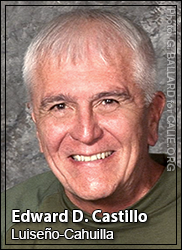 Edward D. Castillo, professed Luiseño-Cahuilla descendant, is an American Indian activist who participated in the American Indian occupation of Alcatraz in 1969. Currently he is a retired professor/director of Native American Studies at the Sonoma State University in California.
Edward D. Castillo, professed Luiseño-Cahuilla descendant, is an American Indian activist who participated in the American Indian occupation of Alcatraz in 1969. Currently he is a retired professor/director of Native American Studies at the Sonoma State University in California.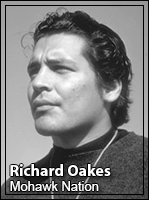 Castillo first got involved with the
Castillo first got involved with the 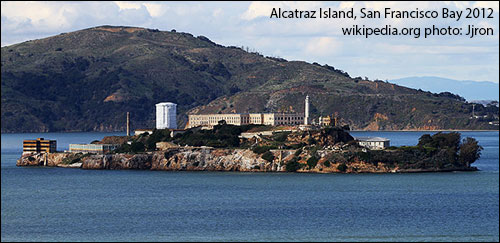
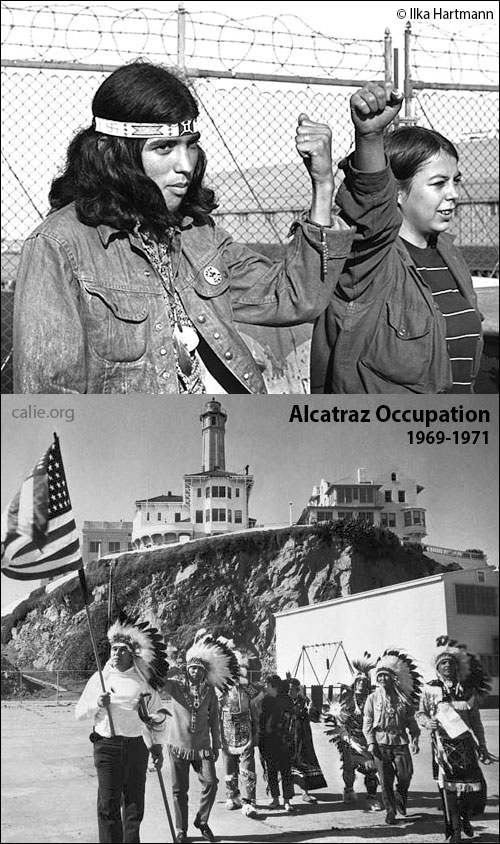
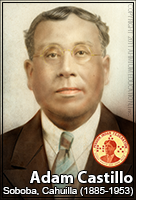 Although Edward is not an enrolled tribal member of any tribe he claimed kinship with
Although Edward is not an enrolled tribal member of any tribe he claimed kinship with 